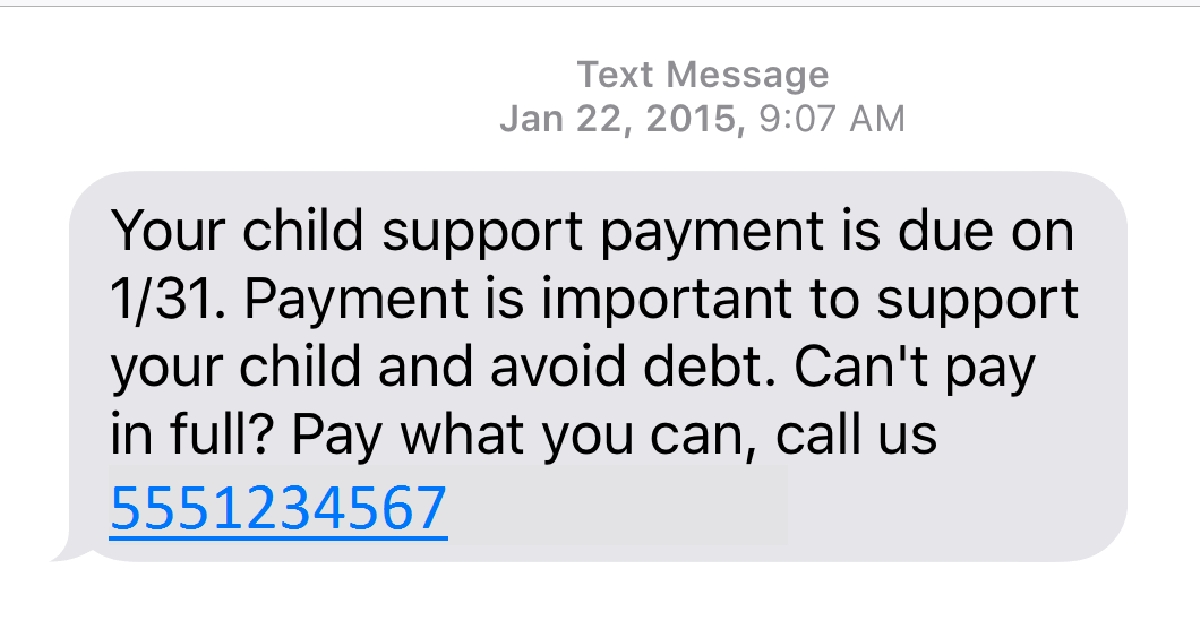Nudges for Child Support
Applying Behavioral Insights to Increase Collections

The Behavioral Interventions to Advance Self-Sufficiency (BIAS) project, sponsored by the Office of Planning, Research and Evaluation (OPRE) of the Administration for Children and Families (ACF) in the U.S. Department of Health and Human Services and led by MDRC, is the first major opportunity to use a behavioral economics lens to examine programs that serve poor and vulnerable families in the United States. This report presents findings from four tests of behavioral interventions intended to increase the percentage of parents who made child support payments and the dollar amount of collections per parent in Cuyahoga County, Ohio.
Parents who owe child support and do not have their payments automatically deducted from their paychecks through income withholding typically need to actively initiate a new payment each month. The BIAS team examined the payment process in Cuyahoga County and diagnosed a number of behavioral factors potentially impeding collections. The team collaborated with the Cuyahoga Office of Child Support Services (OCSS) to design a number of behavioral interventions intended to increase collections and evaluate them using randomized controlled trials.
These tests replicated and extended previous BIAS research on child support payments in Franklin County, Ohio, which tested a variety of payment reminders and found that they increased the percentage of parents making a payment, though none of them produced statistically significant increases in collections per parent. Examining similar issues in Cuyahoga County allowed the BIAS team to more rigorously address research questions from the earlier evaluation and explore related but new research questions. Findings from the Cuyahoga tests include:
- Mailing a behaviorally informed payment reminder notice to parents without income withholding or cell phone numbers on file with OCSS increased their likelihood of payment by 2.4 percentage points, from 38.2 percent to 40.7 percent, compared with sending no reminder.
- Sending text message reminders to parents without income withholding but with cell phone numbers on file increased their likelihood of payment by 2.5 percentage points, from 47.3 percent to 49.8 percent, compared with sending no reminder at all. Text messages were as effective as the behaviorally informed mailing for this group, but cost significantly less.
- The state already sends a payment reminder notice to some parents not making income withholding payments. Mailing the behaviorally informed notice to these parents did not increase their likelihood of payment, compared with continuing to send the existing state notice.
- Mailing a behaviorally informed welcome letter and payment reminder notices to parents with new orders did not increase their likelihood of payment in the first few months of their order, compared with sending the county’s existing welcome letter.
- None of the interventions produced statistically significant increases in collections per parent.
These findings demonstrate that low-cost, low-effort behavioral interventions can improve child support outcomes. However, more intensive interventions may be necessary to increase overall child support collection amounts, perhaps because some parents have a limited ability to pay.







